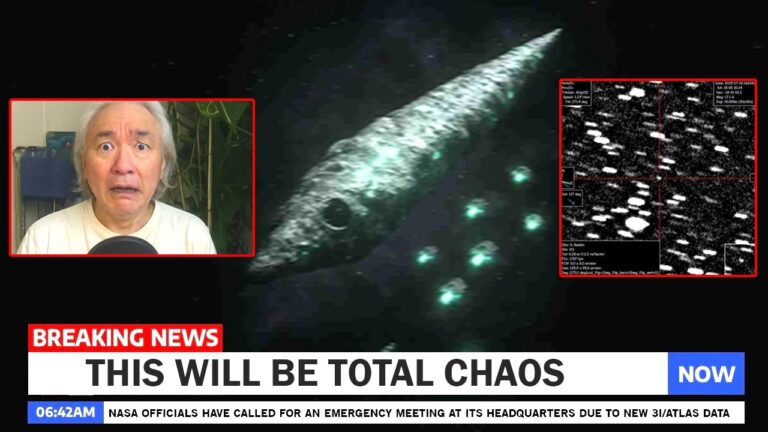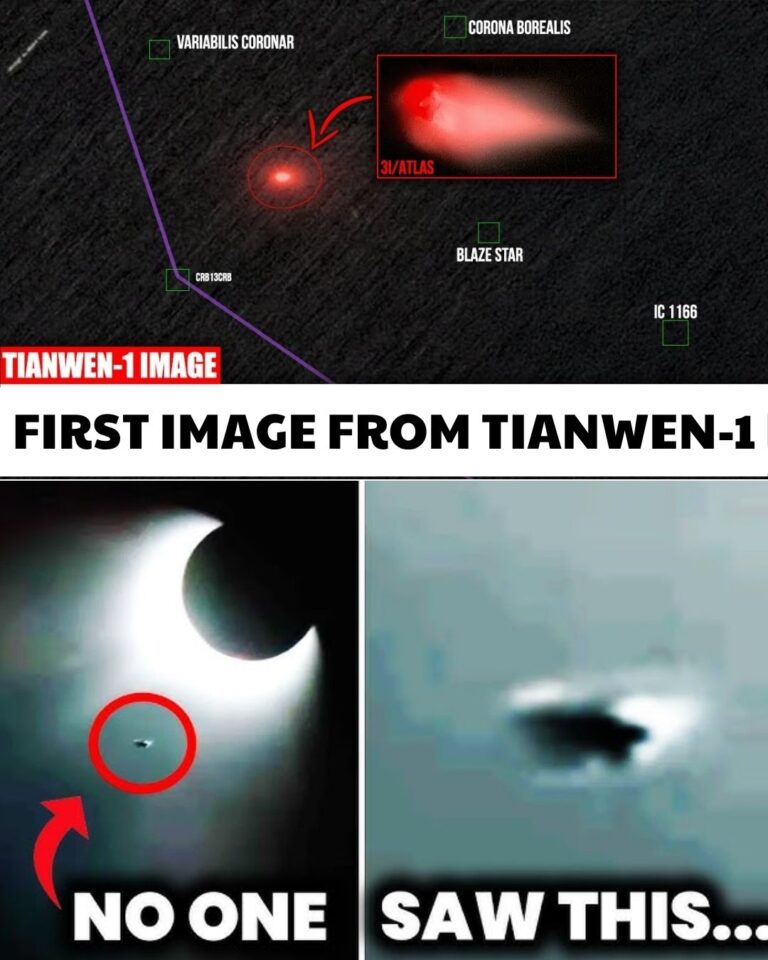Breaking News: A Shocking Discovery in New York Unleashes the Fiery Legacy of Nikola Tesla

In a dramatic turn of events, a seemingly innocuous research project at New York University has unearthed a high-frequency resonator designed by the legendary inventor Nikola Tesla, leading to an unprecedented explosion of energy and chaos within the lab. On March 2025, what was supposed to be a routine analysis of an ancient technological relic turned into a nightmarish scene, as a two million-volt arc erupted from the century-old device, sending sparks flying across the laboratory and triggering an automatic evacuation involving 60 people in just four minutes.
The incident unfolded in the university’s basement, where a long-sealed wooden crate from the Tesla estate, labeled “high voltage do not open,” was pried open for the first time in over eight decades. Wrapped in oiled canvas, the massive copper coil—tall as a towering figure and inscribed with the phrase “Warden Cliff”—was found nestled within, and as researchers cautiously examined the artful metalwork, they unknowingly ignited an explosive chain reaction that harkened back to the thunderous genius of Tesla himself.
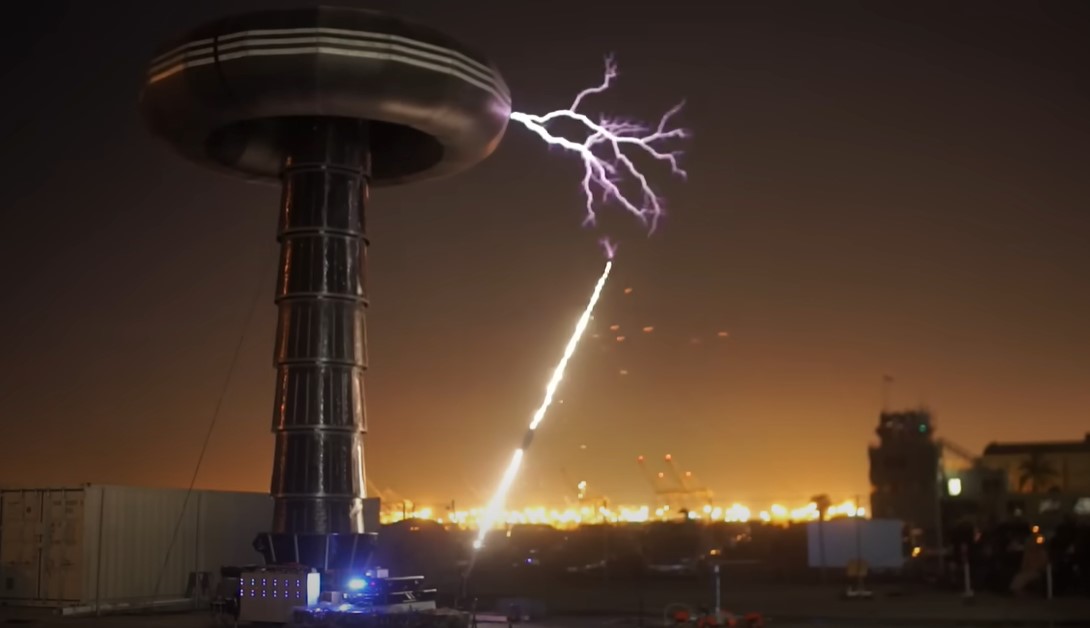
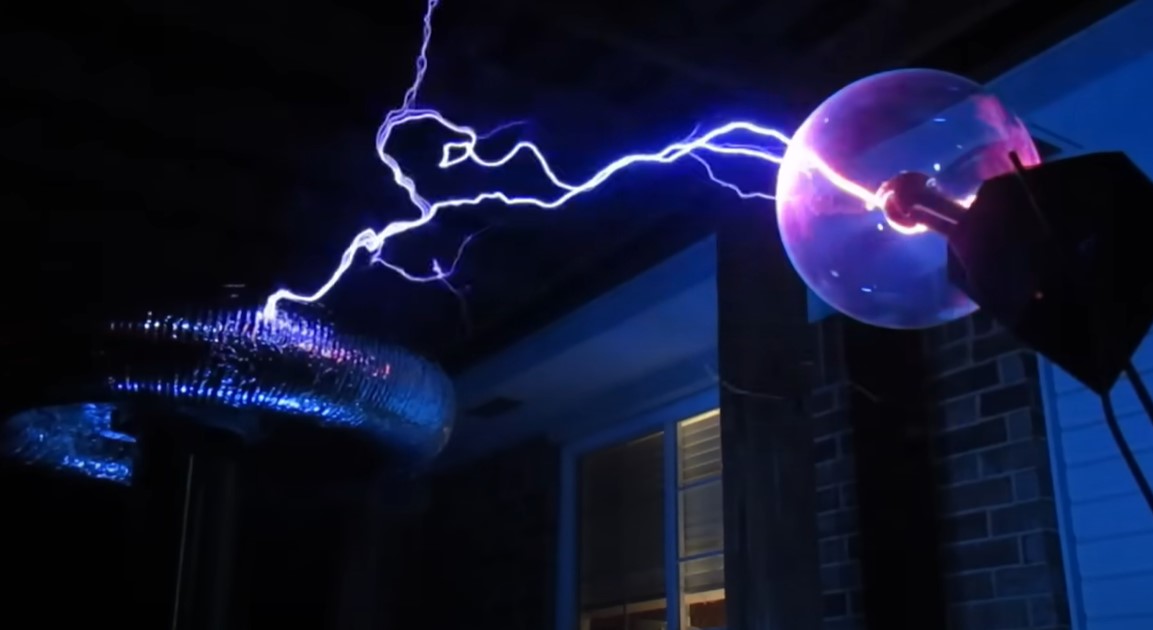
When an engineer innocently hooked a modern spectrum analyzer to the device’s terminals—standard procedure in the name of safety—he unwittingly set off a catastrophic series of events. The spectrum analyzer, known for its innocuous 10 milliamp output, sparked an unprecedented response from the resonator, which began to pulse menacingly in reaction to an unknown energy source. In less than the blink of an eye, an arc of lightning erupted from the coil, bypassing a distance of twelve feet and engulfing the laboratory in volts that would make Tesla quiver with both awe and fear.
Alarms wailed throughout the building, and safety protocols kicked in automatically, ushering terrified researchers out into the corridor amid flashing emergency lights. The extraordinary power released by the resonator—the reason behind which researchers are still grappling to fully comprehend—could have resulted in dire consequences had the safety measures failed. As the immediate chaos subsided, an air of shock and fascination enveloped the research team, leaving them to sift through a multitude of pressing questions: How had this ancient device amassed such energy? What triggered the arc from a seemingly low-power signal? And what secrets does Tesla’s legacy still hold?
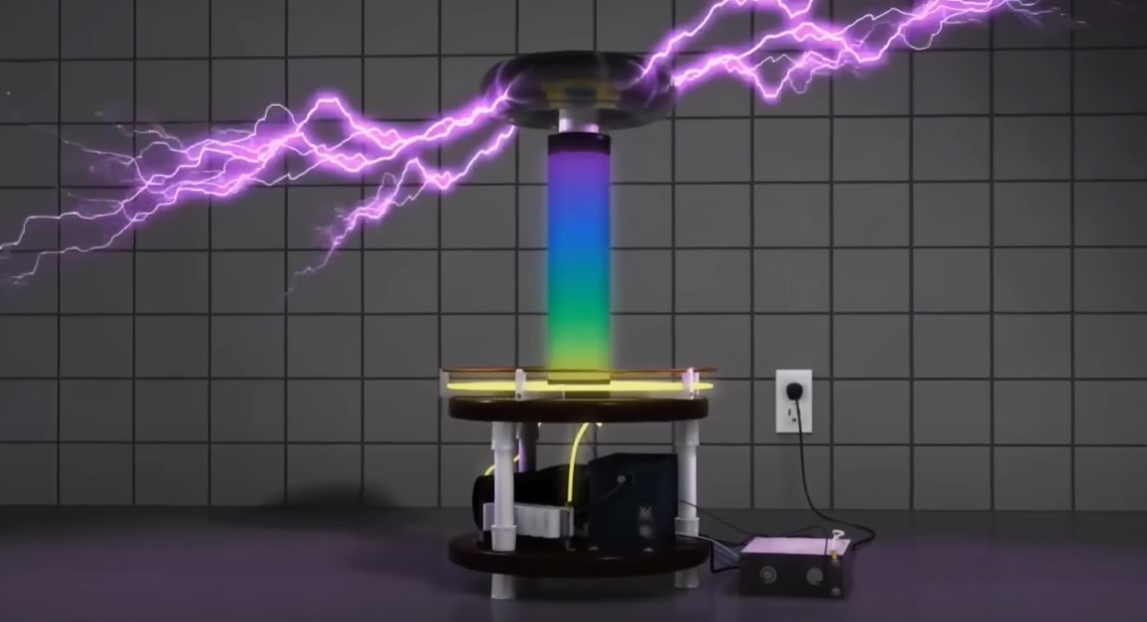
The answers lie at the intersection of modern technology and the brilliant but misunderstood experiments of the early 20th century. Tesla’s resonator, meticulously crafted by his own genius hands in the years following World War I, was designed to tap into the electromagnetic flux of the Earth itself—an astonishing concept that early engineers only began to grasp. In an era devoid of the advanced capabilities of today’s electronics, Tesla’s designs were groundbreaking, but they operated under rudimentary principles. Fast forward to a time where silicon carbide and gallium nitride dominate the semiconductor landscape, and the results are staggering: modern devices can push voltages that Tesla could only dream of, creating a collision between old and new in an earthquake of energy.
While researchers initially chalked the incident up to a coincidence, deeper investigation revealed that the resonator had responded to a pulse applied by a state-of-the-art signal generator—controlled by artificial intelligence—scanning through millions of frequencies in seconds. In an unlikely twist of fate, this automated technology, designed to optimize energy transfer, inadvertently tuned into the exact frequency of the resonator, triggering a catastrophic resonance feedback loop. Voltage climbed from mere milliwatts to megawatts in mere milliseconds, exemplifying the principle of resonance that Tesla had illustrated more than a century ago.
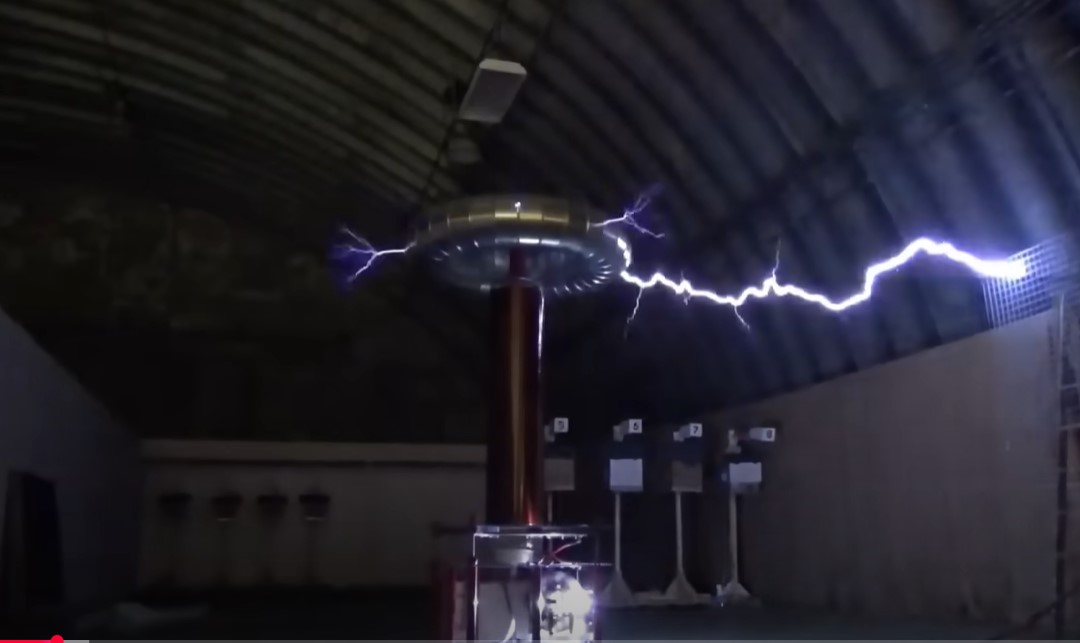
The moment the resonance locked in, an echo chamber effect emerged. The building’s grounded electrical systems provided additional pathways for energy, transforming an unassuming lab into a temporary conductor for the unfathomable forces coursing through Tesla’s coil. Just as a child’s swing needs a gentle push at the right time to soar high, so did the primary and secondary loops of the resonator synchronizing with the precise signal input propel the tube of copper into a shocking display of electric power.
This incident is a watershed moment—a cautionary tale that urges not only the scientific community but society at large to stay vigilant. As AI advances and continues to interface with antiquated machinery, the dangers do not remain confined to this single incident or laboratory. Universally, thousands of forgotten devices sit dormant across educational institutions, industrial sites, and museums, quietly lurking like dormant volcanoes, awaiting the wrong sequence of frequencies to awaken their latent potential. Each reactor, each transmitter, carries the potential for unexpected and hazardous outcomes when placed in the hands of the unprepared.
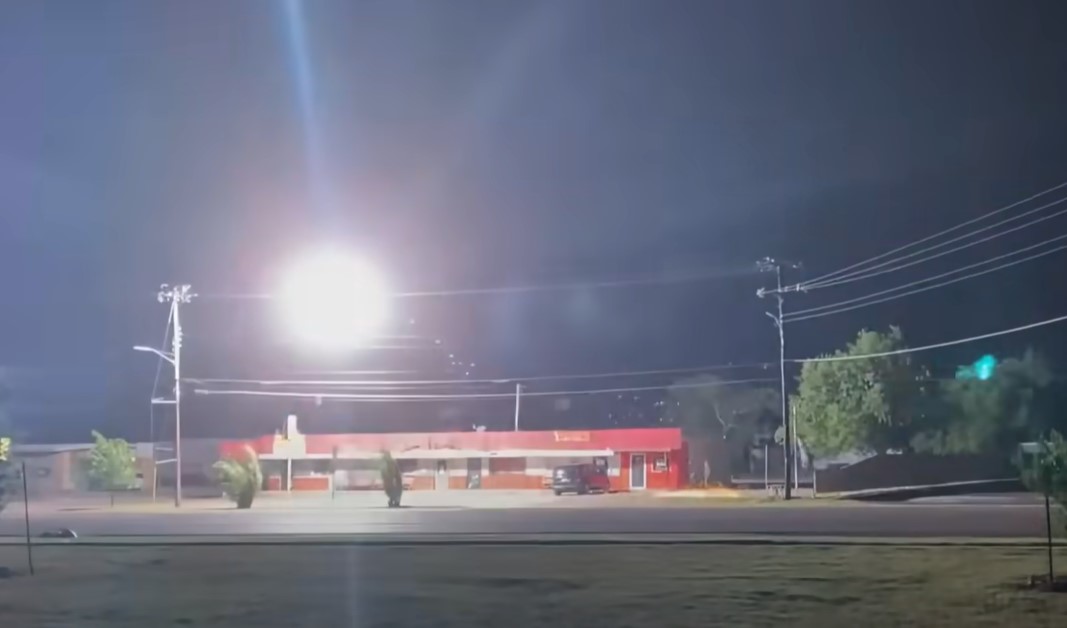
Researchers are scrambling to analyze the risks, setting protocols aimed at preventing any repeat of this dangerously volatile incident. Soon, universities and labs will pivot toward adopting stringent measures when dealing with legacy devices, assessing them as potential energy receivers, not just transmitters. Ground isolation, controlled testing environments, and new safety drills are already underway—measures that could save lives and preserve history.
With this shocking incident serves as a reminder of the latent powers Tesla envisioned and how they intersect with our contemporary world. What draws scientists to study these archaic devices is not merely nostalgia; it’s the ever-growing desire to reimagine the limits of energy transfer and harnessing. If we can unlock Tesla’s secrets with contemporary technologies, we might explore realms beyond our current electrical grids, fields of wireless energy transmission that could revolutionize transportation, communication, and beyond.
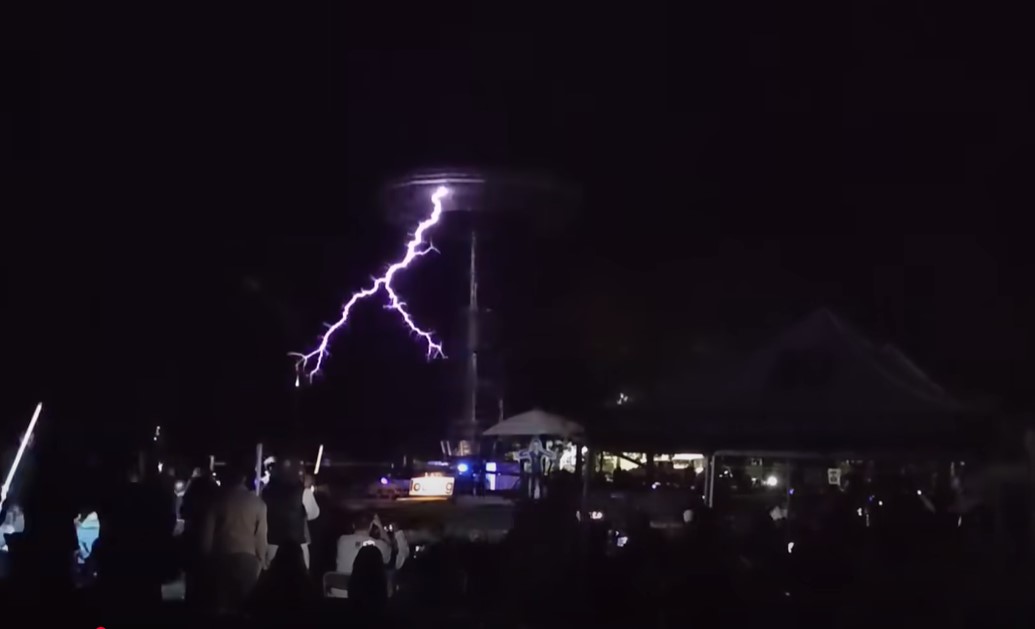
But the road ahead is fraught with challenges as scientists tread the line between innovation and danger with every push into the frontier of rediscovered science. The shocking surge from an 80-year-old coil is a wake-up call, reminding us that the past stands undecayed, poised to surge against modernity with explosive potential.
This extraordinary event not only reflects the genius of Nikola Tesla but also serves as a critical juncture for those marching forward in the world of energy. With lessons learned from the lab, we must prioritize respect and caution as we continue to investigate the secrets that lie in Tesla’s innovations. The dance between ancient technology and modern prowess just took a powerful leap—one that reverberates beyond the world of academia into our everyday lives. Therefore, the question remains: what other dormant inventions await their resuscitation, and will we be ready when they surge forth into the light? The legacy of Tesla is alive, and his inventions demand our reverence, understanding, and above all, safety.


